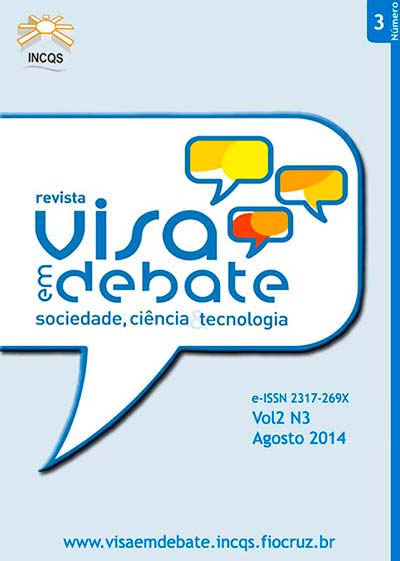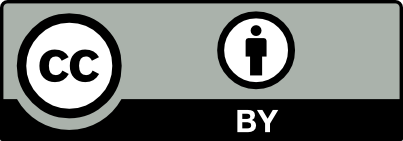Molecular identification of Pseudoplatystoma sp. fish fillets by Multiplex PCR
DOI:
https://doi.org/10.3395/vd.v2n3.217Keywords:
Cachapinta, Cachara, Genetic Identification, Hybridization, PintadoAbstract
Nuclear and mitochondrial genes were used as molecular markers for verifying the iden-tity of fish fillets marketed as pintado (Pseudoplatystoma corruscans). Based on THE polymorphisms of nuclear DNA (RAG2, globin, and EF1 genes) and mitochondrial regions (16S), we examined whether the fillets originated from inbred species of pintado or from hybrids derived from crosses between cachara (P. reticulatum) and pintado. Nuclear genes from both species were detected in the analyzed fillets (n = 29). This clearly iden-tified these fish as interspecific hybrids (or F1/first filial generation) of the type “cacha-pinta,” resulting from a cross between female cachara and male pintado. These results demonstrate that monitoring fish fillet trading is crucial for detecting discrepancies between the marketed species and related information declared on the label. Species that are frequently hybridized, such as pintado and cachara, require special attention.Downloads
Downloads
Additional Files
Published
Issue
Section
License
Copyright (c) 2014 Health Surveillance under Debate: Society, Science & Technology (Vigilância Sanitária em Debate: Sociedade, Ciência & Tecnología) – “Visa em Debate”

This work is licensed under a Creative Commons Attribution-NonCommercial-NoDerivatives 4.0 International License.
COPYRIGHT ALLOWANCE The author (s) hereinafter designated as the ASSIGNOR hereby assign and transfer, free of charge, the ownership of the copyrights related to this ARTICLE to the Vigilância Sanitária em Debate: Sociedade, Ciência & Tecnologia (Health Surveillance under Debate: Society, Science & Technology) – Visa em Debate, represented by FUNDAÇÃO OSWALDO CRUZ, established at Av. Brasil, nº 4365, Manguinhos, Rio de Janeiro, RJ, Brazil, CEP 21045-900, under the conditions set out below: (a) The terms and conditions set forth in this Agreement shall apply to the following: 1. The ASSIGNOR declares that they s(he) is (are) the author (s) and owner (s) of the copyrighted property of the ARTICLE submitted. 2. The ASSIGNOR declares that the ARTICLE does not infringe the copyrights and / or other property rights of third parties, that the disclosure of images (if any) has been authorized and that they s(he) assume(s) full moral and / or property liability for its content, before third parties. 3. THE ASSIGNOR assigns and transfers all copyrights relating to the ARTICLE to the ASSIGNEE, especially the rights of editing, publication, translation into another language and reproduction by any process or technique. The ASSIGNEE becomes the exclusive owner of the rights related to the ARTICLE, and any reproduction, totally or partially, is prohibited in any other means of publicity, printed or electronic, without prior written authorization from the ASSIGNEE. 4. The assignment is free and, therefore, there will be no remuneration for the use of the ARTICLE by the ASSIGNEE.







